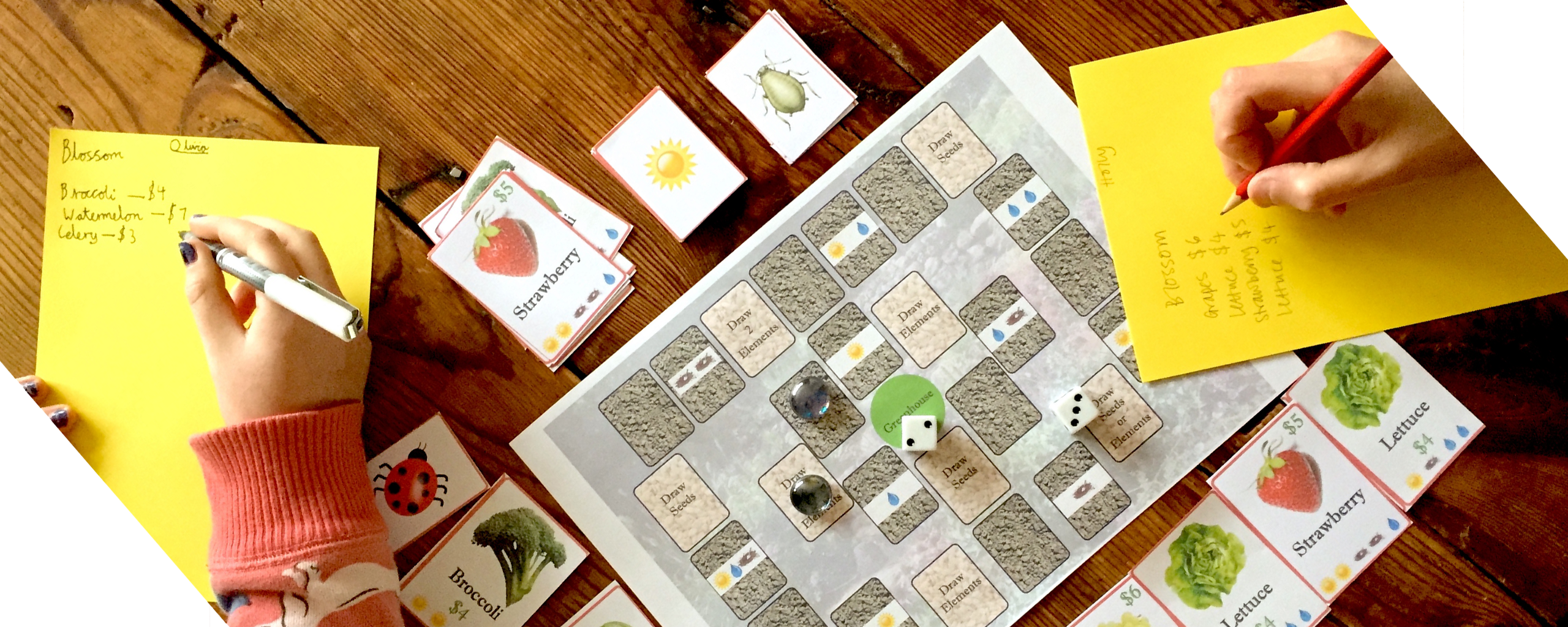
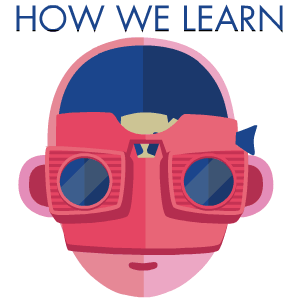
I passed an embarrassing number of hours in my fifth- and sixth-grade years alone in my room, wrestling with the mathematics of probability. I would lie on my rug, hand-writing tables on legal pads and cardboard, rows and rows of numbers delineating the likelihood of one outcome over another. I built elaborate statistical models to account for how changing one variable might affect the overall system. I tinkered with different methods for generating random numbers so that the system could more accurately represent the impact of chance.
If this sounds like I am showing off, I should add one crucial detail to the account: I was expending all this mental energy designing dice baseball games. Those of you who grew up before Madden and the PS4 might remember this genre: sports simulations like APBA and Strat-o-Matic where you could manage or coach virtual teams–represented by paper cards, not pixels on a screen–or create fantasy matchups. Ty Cobb going to bat against Sandy Koufax; the giants of the dead-ball era playing against Bronx Bombers. I had spent my third- and fourth-grade years exploring the existing offerings in this genre, but by the time I turned 11, I found myself seeking out even more accuracy in the simulations. Could you build a game that might allow you to choose between throwing a slider and a fastball? Could the model account for the varying shapes of different ballparks: Fenway’s Green Monster, the vast center field of the original Polo Grounds?
All of us walk around with a set of expectations about what proper learning experiences are supposed to look like: reading a book, preparing for an exam, listening to a lecture, watching an educational video. I couldn’t see it at the time, of course, but that experience of designing my own baseball simulations turned out to be one of the great educational experiences of my childhood–for reasons I am only now beginning to understand, watching my own kids explore their game worlds, onscreen and off. The irony is that I spent almost no time enjoying the games I created. I couldn’t persuade any friends to come over and learn the arcane rules that I had scribbled out on a legal pad, and it wasn’t all that much fun to play on my own. It was always more captivating to tinker with the structure of the latest game, or start dreaming up a new one, with added levels of accuracy or strategic depth. I spent all my time designing the rules for play, but almost never managed to make it to the part where you actually play. Designing the rules turned out to be too much fun.

A few years ago, I decided to revisit the game design obsessions of my childhood. This time with a collaborator: my youngest son, Dean, who was nine years old at the time. None of my kids picked up on my youthful obsession with sabermetrics (or with any professional sports for that matter, other than a passing interest in European football) and so a sports simulation was out of the question. We were living in Northern California at the time and, at the risk of self-parody, my son was going to an organic farming camp in Petaluma that summer. So after some discussion, we decided that the game should have a farming theme. We started calling it Blossom–which we both agreed was a terrible name for a board game, but we ended up getting so distracted by the game design that we never bothered to go back and come up with a more compelling alternative.
I’ve never been one for parenting advice columns or books, but if you haven’t designed a board game with your child, you should really grab some cardboard, scissors, and magic markers; steal some dice from that Monopoly set you have lying around; and get to work. It’s one of those magical parent-child activities where the two of you occupy shared ground in terms of both comprehension and engagement. Even simple games present intellectually interesting puzzles for an adult brain in their design phase, and children are incredibly adept at picking up on the nuances of gameplay.
So much of parenting is forcing yourself to be interested in stories or explanations that you grew acclimated to decades before, drawing on your child’s infectious curiosity to get you excited about experiences that had long ago lost their interest. But a new game–a game where everything about it is up for grabs–is a blank slate. And your expertise as a game designer is really not all that more advanced than your nine-year-old’s. Game design is one of those rare experiences that brings out the child in you, and the adult in your child.

I had suspected from the outset that designing the game with Dean would be rewarding purely as a parent-child bonding exercise. But I hadn’t fully realized–until we actually sat down and started plotting out the game–how powerful the experience would be as a kind of mental exercise. Even the simplest game involves layers of creativity and analysis that rival anything your average nine-year-old is doing in school. You can separate out those layers in retrospect, but in practice they are all happening simultaneously as you work on the project.
Most board games take their cues from some existing phenomenon, whether real or imagined: baseball, farming, war, real estate–or fantasy worlds like those conjured up in Dungeons & Dragons. And so the first real step of designing a game–once you’ve hit upon your theme–is modeling the system the game is supposed to recreate. In effect, you are building a playable caricature of the system, reducing its actual complexity down to a manageable number of recognizable elements. Of course, the decision of exactly how much reduction is an essential part of the process. In my baseball sims, my appetite for verisimilitude led me to incorporate elements like the depth of each ballpark’s outfield but–as far as I recall–never led me to consider the prevailing winds or the difference between day and night games.
Farming happens to be a system every bit as complicated as baseball, though one lacking the statistical riches that made it so much easier for 11-year-old me to create my games. Dean and I decided to reduce our model of farming down to a few bare essentials: Each player would have seeds for different crops (apples, lettuce, broccoli, and so on) and each crop would require a different mix of sun, soil, and water to grow. Some crops were very water intensive, some could grow easily without a lot of sunlight. (In the end, we decided to define these attributes entirely randomly–though of course they could have been based on actual properties of different crops.) We created cards for each of the seeds and for the inputs of sun, soil, and water, and sketched out a board on a big sheet of paper, with a winding trail of plots where you could plant your seeds. (Imagine the landscape of Candyland if it had been acquired by an organic farmer and you get the idea.) You drew a handful of cards, rolled dice to move around the board, and planted your seeds as you went. Some crops were easier to grow, but were worth less once they were harvested. Some crops took more resources, but the payoff was bigger in the end. We cut out some rough-edged cards with scissors and we started to play.
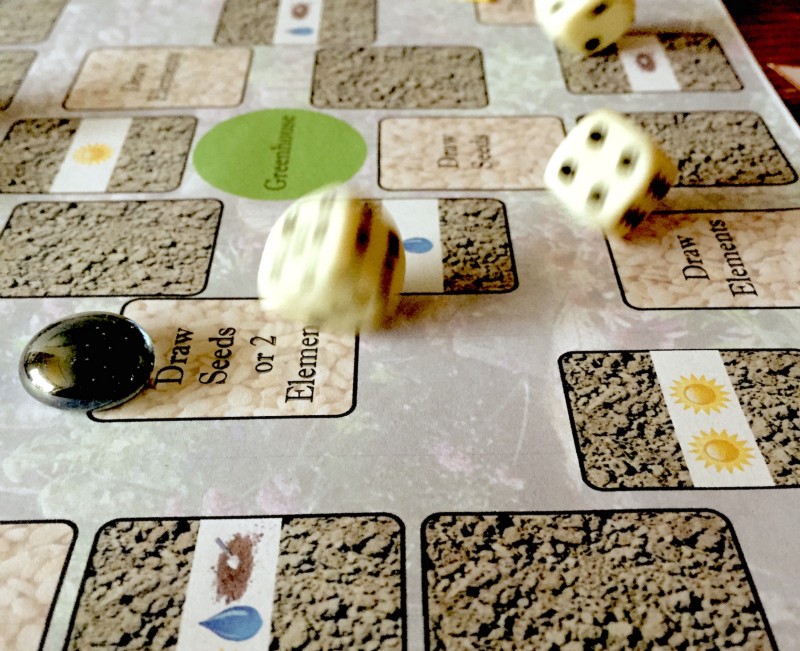
Once you start playing, the second cognitive layer becomes visible, even though it has been lurking in the back of your mind all along. Game design forces you to make predictions about–and observe–emergent behavior. A game begins with all these connected ingredients–the board, the cards, the rules, the objectives, the randomizing mechanism, the mental activity of each player–and out of that multivariable system, a higher-level order emerges. In a good game, that higher-level order is a certain kind of strategic challenge. Each time you play, new ways of competing become apparent; new opportunities or pitfalls reveal themselves to you with repeat visits to the gameworld. In a game that’s not working, there’s either too much randomness, so strategic thinking isn’t rewarded; or there’s too much complexity, so discerning useful strategies becomes impossible. Sometimes a game will turn out to just dead-end somewhere that you couldn’t see in advance. One of our first drafts of Blossom had a skewed risk-reward ratio for one of the crops–I think it might have been tomatoes–which meant that whoever was lucky enough to draw the tomato seeds in their initial hand would have an overwhelming advantage.
The other thing Dean and I observed in our first few rounds of Blossom was that the game wasn’t adversarial enough. We would both be in our separate worlds, planting seeds and growing our crops, but there was little interaction between us. So we introduced the idea of a “pest” card that you could play against your opponent (as well as a “ladybug” card that you could use to defend your crops against a pest). You’d spend half the game developing a high-value crop and get it almost all the way to harvest, and then your opponent would drop a pest card on you and the whole crop would be wiped out.
Making sense of that emergent behavior forces you to think about probability in a rigorous way. How easy should it be to draw a pest card? Why does possessing the tomato make it so much more likely that you’ll win the game? Which parts of the game seem too predictable? Which parts seem too random? Would the game be better if the random generator were dice, or a spinner, or cards–or some combination? My dice baseball simulations were saturated with probability thinking: This right-handed batter has a six-percent chance of hitting a double to left field, unless he’s facing a left-handed pitcher, in which case he’s three percent more likely to do it, unless of course the left-fielder is a gold glove, in which case there’s a one-percent chance that the batter will be robbed of his base hit by a great catch.

Games that rely on actual probability tables–like sports simulations or Dungeons & Dragons–can be great tools for teaching a fourth- or fifth-grader basic math, but I would argue that the more important cognitive tool you sharpen is the ability to make rough estimates in your head. Blossom didn’t have anywhere near the statistical intricacy of my dice baseball games, but you still found yourself doing rough probability estimates in your head constantly: There are about 25 cards, and two pest cards, so there’s a little less than a 10-percent chance that you’ll draw a pest, which means in a two-player game, you’ll get a pest once every six hands or so, but you could easily draw 10 hands without getting one at all if you were a bit unlucky”¦
In the initial phase, before we’d actually played our first round of Blossom, all of those different layers–modeling, anticipating emergent behavior, thinking in probabilities–summed up into a hypothesis about what would make a fun game. And then we sat down to play it, and discovered that our hypothesis was wrong: Tomatoes gave you too much power; there wasn’t enough direct interaction between the players; and a dozen other results that we didn’t anticipate when we first sketched out the game. And so we went back to the drawing board and refined the rules based on that feedback–demoted the tomato crop; introduced our pests and ladybugs. And then we played again, noticed what was working and what wasn’t, and made another round of tweaks.
You will have already noticed the echo here: You design a complex system based on a hypothesis about how all its component parts will interact, then you test the system to see if it corresponds to your hypothesis. When it invariably deviates from your initial predictions, you refine your model and build a new hypothesis. The actual content you are analyzing is, literally, child’s play: imaginary baseball players; virtual crops. But the form of the cognition is the scientific method.
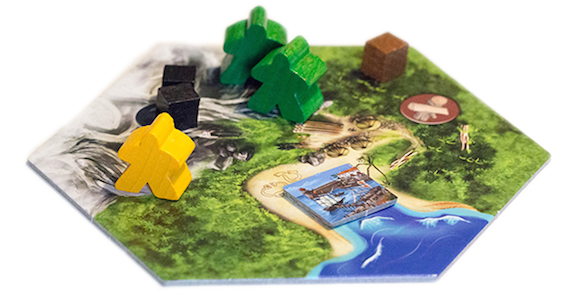
I wish I could tell you that this story ends with a Charles Darrow-style runaway hit game. (Though even that triumph turned out to be fiction.) After a few cycles of revisions, I made up a bunch of cards on the computer and color-printed the whole thing out to glossy paper. That alone was a meaningful threshold for Dean: We’d graduated into the world of color illustrations and proper typefaces, and left behind our magic-marker sketches. We played it start-to-finish in its final draft form probably a dozen times. We investigated a few services that self-publish board games, but somehow once we had figured out the rules, the possibility of sharing (or even selling) the game seemed less intriguing. (Though it didn’t stop Dean’s brothers from demanding a percentage of future royalties, thanks to their work as unpaid “consultants” on the project.) Blossom never became a hit. But as a creative project shared by parent and child, it was pure magic.
The kind of blended thinking you have to do in creating a playable game–particularly one that models some kind of real-world equivalent–is, by my measure at least, every bit as rich as the more conventional classroom experiences, and much more fun. I’m hardly the first person to make this observation; game design has already made its way onto many curricula around the world, and there are wonderful institutions dedicated to exploring the pedagogical opportunities that games present.
The year after we made Blossom, Dean’s fourth-grade history class included a unit where the students divided up into groups and designed a game that simulated the economies of an early colonial settlement. Designing Blossom turned out to be the one time that I went out of my way to prepare one of my kids for the coming school year’s curriculum. And neither of us had any idea we were doing prep work for fourth grade. We were just goofing off, making a game.
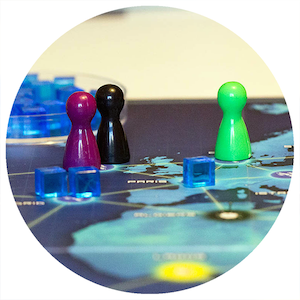
That, of course, is the beauty of game design as a learning experience. It doesn’t feel like learning. It feels like the other side of play: not play in the sense of escape, the breaking of boundaries, but play in the sense of figuring out the rules, and figuring out the way the rules aren’t quite working yet and dreaming up better ones. You don’t do that kind of thinking when you memorize state capitals, or read novels, or solve quadratic equations, or write expository essays, as important as all those enterprises are. It’s one of those rare skills that happens to play well at both tables of general and vocational education. You’re learning the scientific method when you conjure up a game, but you’re also learning product design. If we’re lucky, more of our schools will come around to the power of game creation as a pedagogical tool. But in the meantime, parents can make their own luck–dice or no dice. Designing a game teaches your kid how to think. And it reminds you how much there is to learn from playing.

A few notes on further reading: The creative power of play is the central theme of my book, Wonderland: How Play Made the Modern World. I wrote about my dice baseball obsessions about a decade ago in my defense of popular culture, Everything Bad Is Good For You. For those of you interested in the pedagogical theory behind games and game design, Eric Zimmerman and Katie Salen’s Rules of Play is the definitive text. We discussed games and education on the Wonderland Podcast.


How We Get To Next was a magazine that explored the future of science, technology, and culture from 2014 to 2019. This article is part of our How We Learn section, on the future of education. Click the logo to read more.
